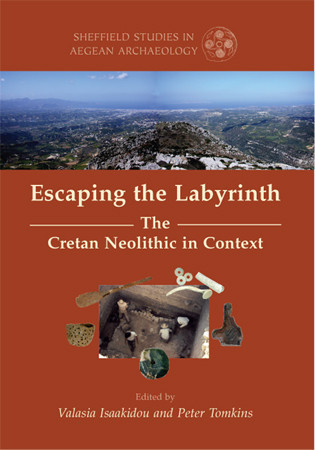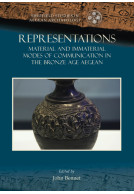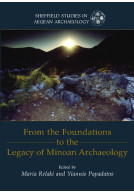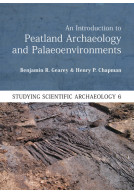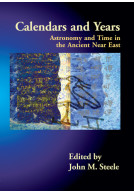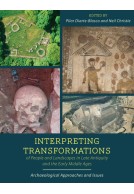Escaping the Labyrinth (Paperback)
The Cretan Neolithic in Context
Series: Sheffield Studies in Aegean Archaeology
Pages: 320
Illustrations: 80 b/w illus
ISBN: 9781842172919
Published: 25th July 2008
Casemate UK Academic
(click here for international delivery rates)
Order within the next 11 hours, 39 minutes to get your order processed the next working day!
Need a currency converter? Check XE.com for live rates
Beneath the Bronze Age 'Palace of Minos', Neolithic Knossos is one of the earliest known farming settlements in Europe and perhaps the longest-lived. For 3000 years, Neolithic Knossos was also perhaps one of very few settlements on Crete and, for much of this time, maintained a distinctive material culture. This volume radically enhances understanding of the important, but hitherto little known, Neolithic settlement and culture of Crete. Thirteen papers, from the tenth Sheffield Aegean Round Table in January 2006, explore two aspects of the Cretan Neolithic: the results of recent re-analysis of a range of bodies of material from J.D. Evans' excavations at EN-FN Knossos; and new insights into the Cretan Late and Final Neolithic and the contentious belated colonisation of the rest of the island, drawing on both new and old fieldwork. Papers in the first group examine the idiosyncratic Knossian ceramic chronology (P. Tomkins), human figurines from a gender perspective (M. Mina), funerary practices (S. Triantaphyllou), chipped stone technology (J. Conolly), land and-use and its social implications (V. Isaakidou). Those in the second group, present a re-evaluation of LN Katsambas (N. Galanidou and K. Mandeli), evidence for later Neolithic exploration of eastern Crete (T. Strasser), Ceremony and consumption at late Final Neolithic Phaistos (S. Todaro and S. Di Tonto), Final Neolithic settlement patterns (K. Nowicki), the transition to the Early Bronze Age at Kephala Petra (Y. Papadatos), and a critical appraisal of Final Neolithic 'marginal colonisation' (P. Halstead). In conclusion, C. Broodbank places the Cretan Neolithic within its wider Mediterranean context and J.D. Evans provides an autobiographical account of a lifetime of insular Neolithic exploration.







